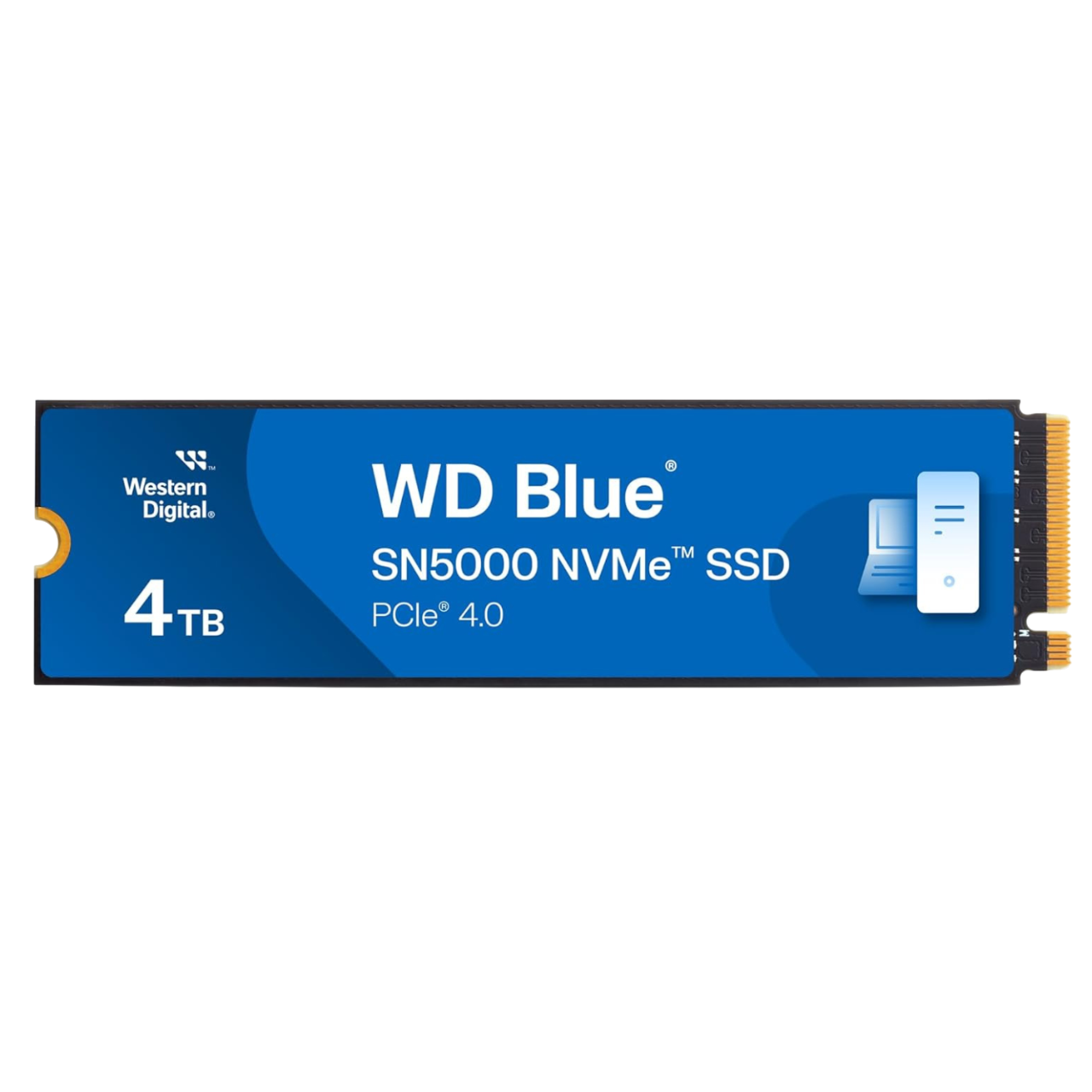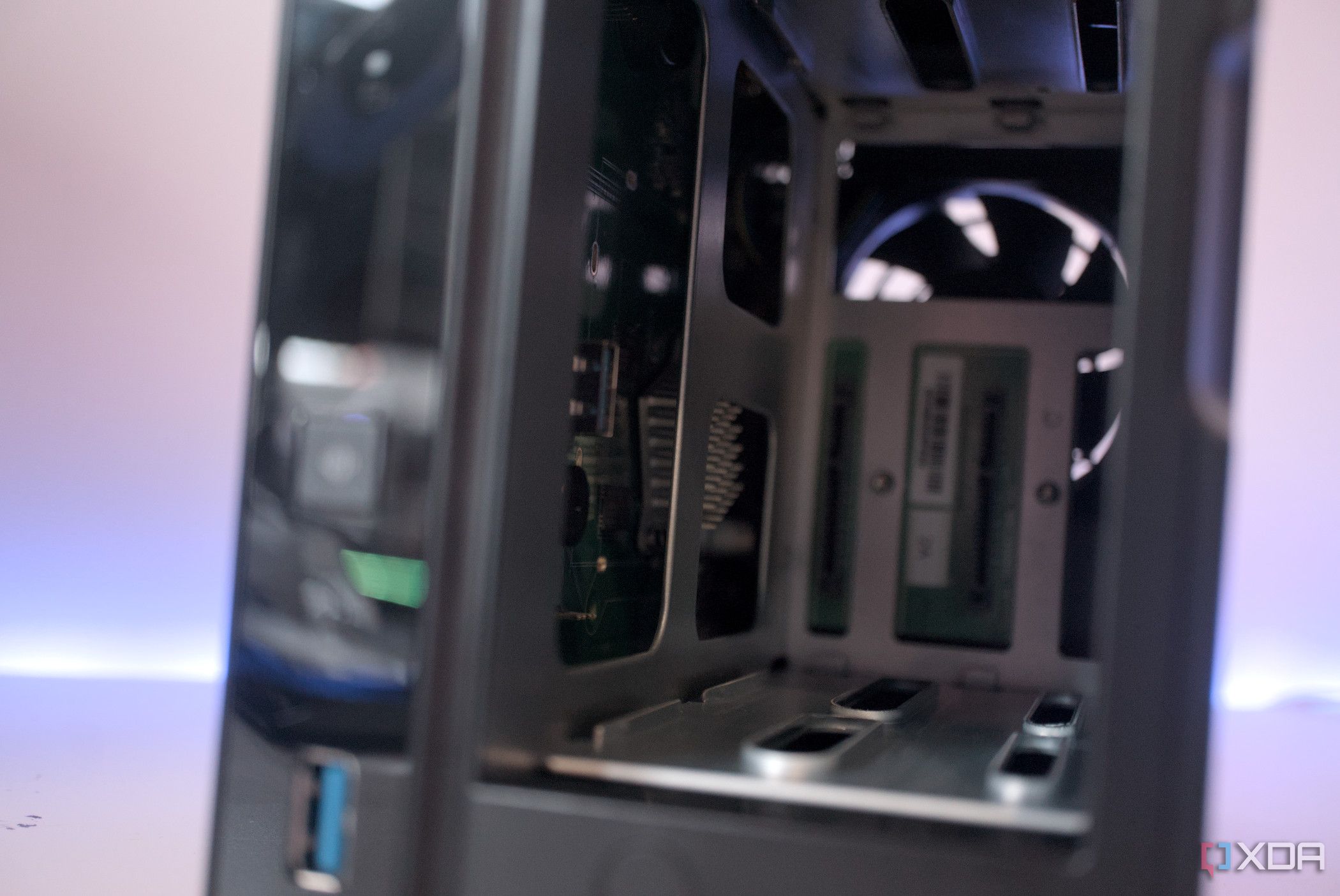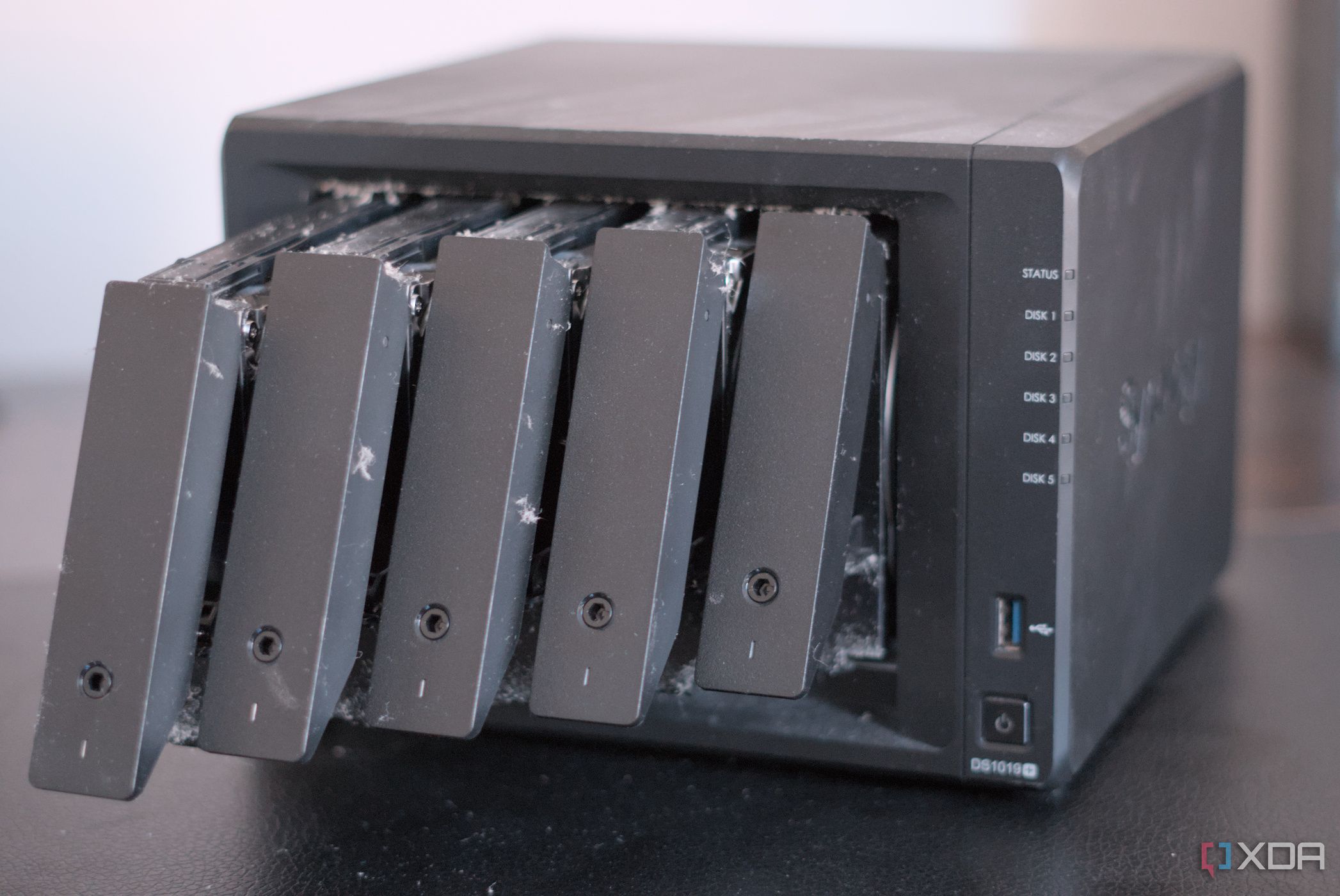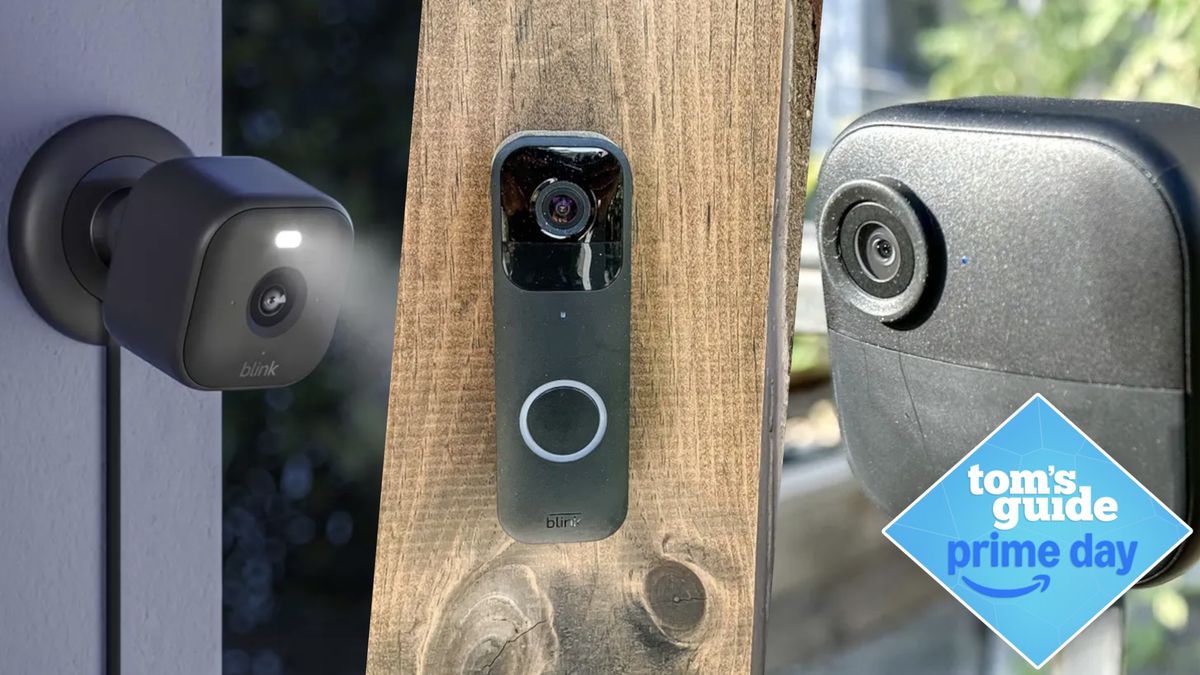Network-attached storage (NAS) performance is largely governed by the processor, memory, and installed drives. It's possible to give the enclosure a bump to make it better suited to more advanced or heavier workloads. This includes swapping out RAM modules for faster and higher-capacity equivalents, installing faster storage, and using NVMe SSD caching. An NVMe solid-state drive (SSD) is notably quicker than SATA counterparts, be it flash or mechanical. I spent a total of $45 on buying a 500GB SSD for caching, and it was the best decision I made.
What is SSD cache, and why is it good for NAS?
Faster performance for a low price
Random Access Memory (RAM) is used by all hardware to store data while the system is powered. Your smartphone, PC, TV, and NAS all use RAM to store data for the system to quickly access without resorting to slower drives — and yes, even your rapid PCIe 5.0 SSD is considered slow against RAM. The OS, apps, services, and data are all stored in RAM when accessed through the NAS. This could be running a Docker container (or a few), transferring data between clients, or the OS performing certain tasks.
An issue arises when you run low on RAM. This can cause system slowdown, which is where SSD caching comes into play. It's also a great way to improve the speed at which your NAS can access stored data. Regardless of whether you're using mechanical HDDs or flash storage, you'll be limited to 6 Gb/s speeds. Consider SSD caching as a slower version of RAM. Instead of storing data for long-term access, SSD caching holds data frequently used by the system. This can prove useful when you're reading data multiple times, as it can be pulled from this cache instead of the drive pool.
SSD-only NAS enclosures are becoming more popular, but they're considerably more expensive, and you lose much of the capacity available through mechanical drives. Mechanical drives may be slower, but they can be found with capacities surpassing 20TB, which would result in quite a network storage solution. If you need faster speeds than what SATA hard drives can offer, this is where SSD caching can provide some benefits. Caching will be more cost-effective than an all-SSD NAS, provide write cache benefits, is easy to set up and manage, and is great for accessing lots of smaller files, which is what you'll likely use the NAS for.
To recap, here's why you'd want to consider using SSDs for caching inside your NAS:
- Improves system responsiveness.
- Masks the speed limit of hard drives.
- If your NAS is already at RAM capacity.
- Prep the NAS for non-storage tasks.
- Additional data loss protection.
Adding just one 500GB Western Digital Blue SN5000 NVMe drives to my NAS improved performance for reading data from the mechanical drives, as well as provided peace of mind that some data would be protected through being on the cache itself. It also allowed the NAS to be used for other tasks outside of data storage, taking full advantage of the additional memory.

Is SSD cache worth it for every NAS?
There are other upgrades you should try first
I saw some great benefits to using SSD caching, so do I recommend you go out and purchase one immediately for your NAS? Not at all! Here's why: it may not work for your needs. SSD caching won't magically make your NAS run better across the board. It's largely suited to reading data from the drives. Think of SSD caching as slower RAM for stored data, and you'll understand where it's best used. There's also the case that other upgrades may make more of a difference, especially system memory.
If your NAS has an available RAM slot, or you can access the slots to make some changes, I would look at your NAS specifications sheet and see if you can swap out the modules for quicker parts. Bumping up the RAM speed would make a notable difference to overall system performance. If you can't change the speed, at least consider bumping up the capacity. NAS enclosures that support RAM expansion usually have a slot or two for you to use, much like a laptop PC. So long as you're matching modules, you'll be good to go.
Already upgraded the RAM, or don't you have any spare slots? That's where SSD caching can make a difference when reading data from your NAS drives. That's unless you're using a NAS enclosure with M.2 PCIe SSDs, as you likely won't notice any difference. But first (and most importantly), you must ensure your NAS actually supports SSD caching. Even with an available M.2 slot for NVMe storage, your NAS may not be suitable for caching, which would be a waste of money that could be spent elsewhere.
.png)













 English (US) ·
English (US) ·